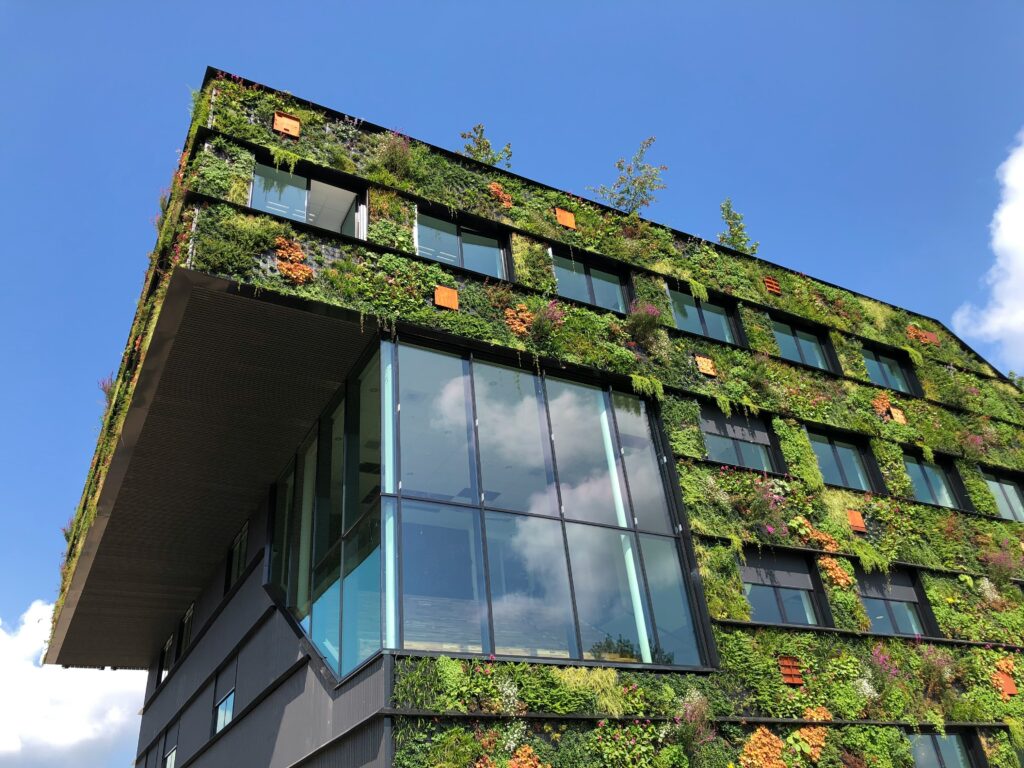
The term ‘embodiment’ has been coming up in my spiritual and self development circles over the last few years, and it’s interesting to see how it’s now emerging in my sustainability circles. Embodiment means to make tangible, visible, material. At an individual level, it’s been coming up around how our modern culture coerces us to live in a disembodied way, where we ignore and disregard our physical and material bodies and how detrimental that is to our health, intuition, and connection.
And now I think this is coming up more in sustainability because we’re seeing how we approach sustainability cognitively and have developed strategies on Powerpoint, but when it comes to tangible action and bringing those plans to life, we struggle. Our strategies and thinking are disconnected from lived experience, especially the lived experiences of the people who it will impact.
In the same way that we’ve created systems based on cognitive theory and philosophy and not thought about the material consequences (hello maximising shareholder value in exchange for destroying our planet), I can see how many are approaching sustainability in the same way - to no fault of their own, but this is how many of us have been taught to think, myself included.
When sustainability is planned for in a way that is disconnected from the people, places, and things that are required to bring it to life and that it will impact, it is happening in a disembodied way, which will hold back progress and true solutions.
So what would more embodied sustainability look like?
Cooperation and community
The Blackfoot or Siksika tribe in Canada that inspired Maslow’s Hierarchy of Needs shares that ensuring the highest expression of each individual is the responsibility of the community. Therefore, we are responsible for the care of all, which includes caring for the environments we live in and that provide for us. I believe a brand who are striving to work with this insight is Tony’s and their mission to end slavery in chocolate. Chocolate can only really be enjoyable if it’s created in a way that lifts up the people within the supply chain. They see it as their responsibility to ensure a good quality of life for the people who help bring their product to life. Not only this, but Tony's Open Chain Initiative invites other chocolate brands to adopt their sourcing principles and join their mission to make all chocolate 100% slave-free and pay workers fairly.
Build with, not for
Building a solution, product, intervention cannot be built without an understanding of the lived experience of the people who it is being built for. Doing so is just wasteful and requires convincing or coercing the users that they need your solution which brings them out of their bodies. Understanding the pain points and experiences of your audience, collaborators, operators and beneficiaries is an essential part of each step of creating an intervention. We often hear how sustainability teams are fighting with other departments and leadership when executing their strategies because it is positioned as something that causes more work and costs money. When strategies and plans are built with the people who will execute them and be impacted by them, they are not only bought in from the beginning, but it's sets the plan in motion immediately. No one knows a problem better than those experiencing it so positioning sustainability as a solution to the teams' problems by deeply understanding their challenges and involving them in the process means it will come to life more easily.
Impact over time
The Haudenosaunee or Iroquis tribe held the value of Seventh Generation, meaning everyone, but especially leaders, must advise and direct in a way that is on behalf of the next seven generations to come. This means holding the weight of our decisions as if we were to be personally impacted in the same way as seven generations from us. Our ‘leaders’ today are directed to act solely for quarterly returns. This value of course inspired the cleaning product company, Seventh Generation. Are they making their products and running their business in a way that serves seven generations to come? In my opinion, no. But their acknowledgment of this principle and much of their sustainability work is leading. An example that I do think worth mentioning is the Danish energy company Orsted who retrained their oil workers in wind turbine production. Although oil and gas are industries that are still making a lot of money, Orsted knew they would need to help their workers transition away from the industry at some point and are now a renewable energy company that can power the lives of generations to come.
This is of course not an exhaustive list by any means, just a minuscule fraction that suffers from my own lack of embodiment and understanding. My intention is solely to share the information and conversations that I have been fortunate enough to have been gifted by others in hopes to continue the conversation and potentially spark ideas for others.
